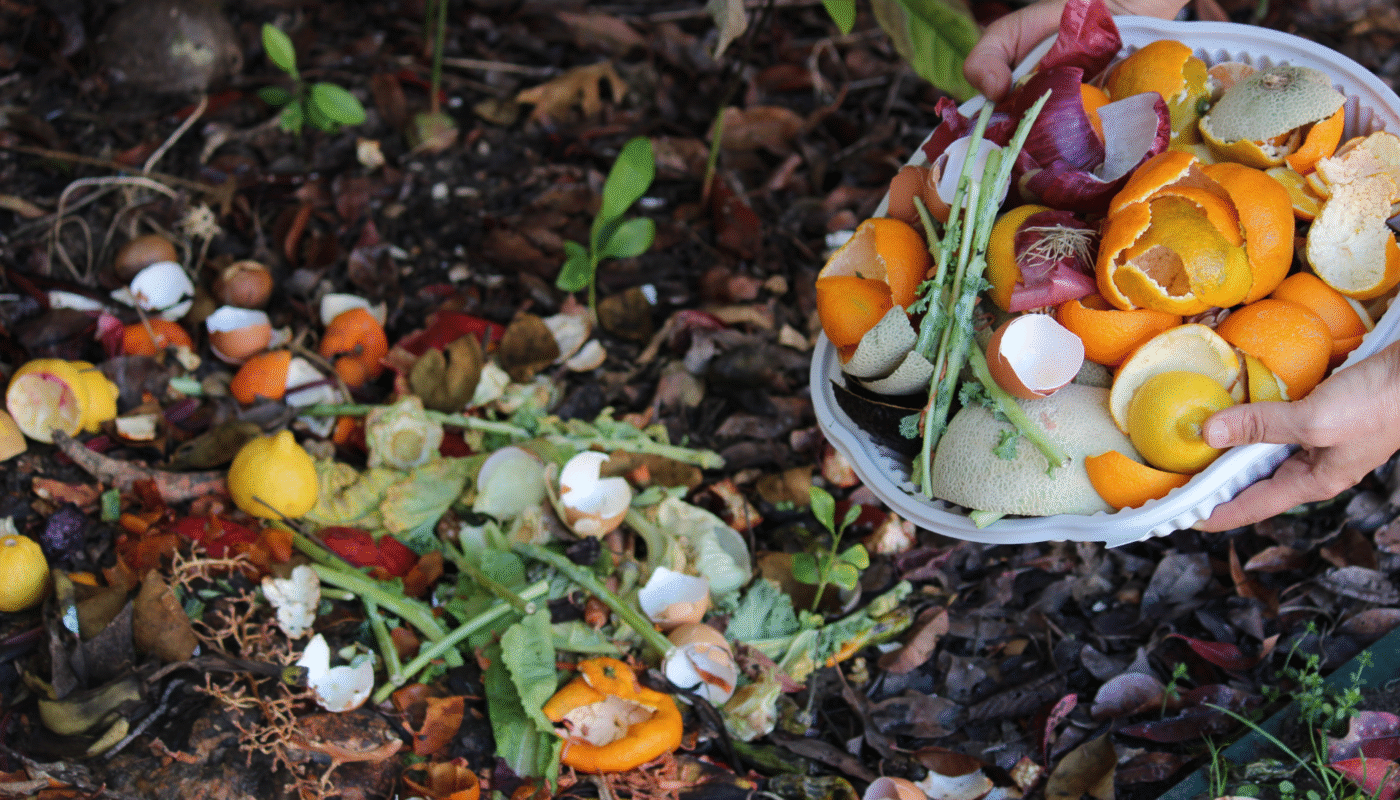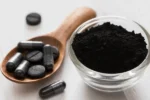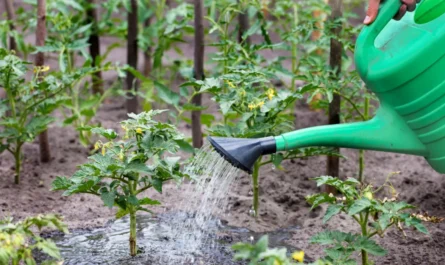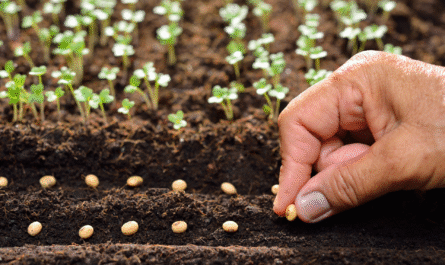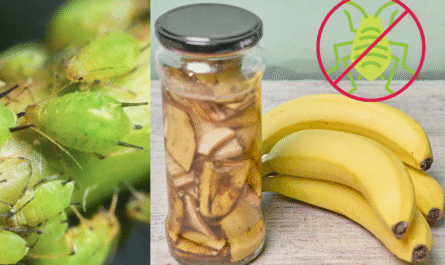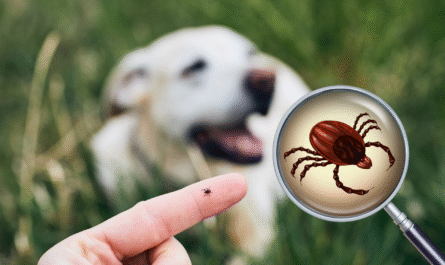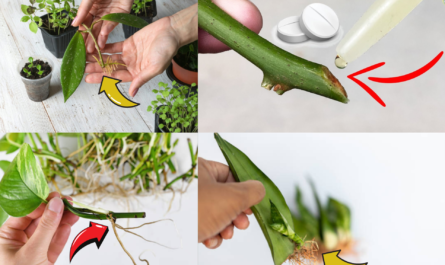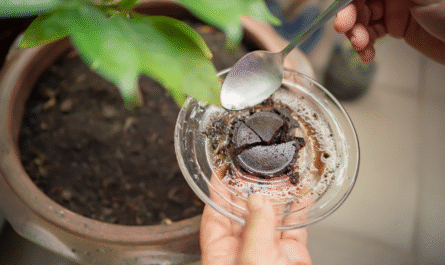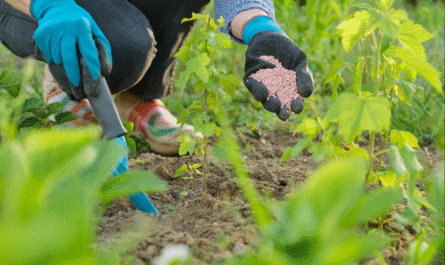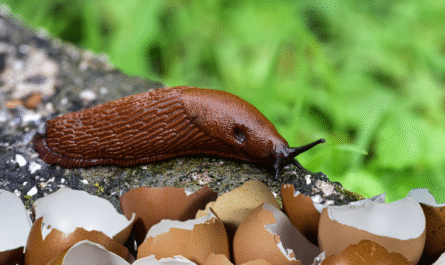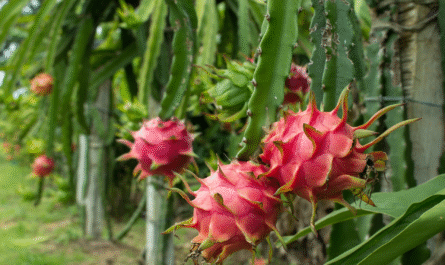When I first got into composting, I heard a lot of mixed advice about citrus peels. Some said they were too acidic. Others warned they’d kill worms.
A few even claimed they’d never break down. None of that stopped me from experimenting, and now, after years of composting everything from orange rinds to lemon halves, I can tell you: yes, you absolutely can compost citrus peels. You just need to know how to do it right.
Here are the 8 essential tips I’ve learned that will help you compost citrus peels efficiently without upsetting the balance of your bin.
1. Chop or Shred Citrus Peels First
Citrus peels are tough. Orange, lemon, and grapefruit rinds have thick, waxy skins that take much longer to break down than softer kitchen scraps. That’s why I always chop them into small pieces, ideally, strips no larger than 1-2 inches.
If you’ve got a food processor, even better. A few pulses will reduce the peels to a coarse shred that compost microbes can work on much faster. This increases the surface area and helps the peels integrate more easily with other compostable materials.
Why This Matters:
- Smaller pieces mean faster decomposition.
- It discourages pests by making the peels less visually obvious.
- It helps balance the pile better with other green/brown materials.
2. Balance the Acidity with Browns
Citrus peels are naturally acidic. That doesn’t make them “bad” for compost, but it does mean you need to balance your pile properly. For every handful of citrus scraps I add, I make sure I’m also layering in a good amount of “browns,” things like dried leaves, shredded cardboard, or paper towels.
The key here is carbon-to-nitrogen balance. Citrus peels fall into the “green” category (high in nitrogen), even though they seem dry. So you need enough carbon-rich material to soak up the moisture and moderate the acidity.
Rule of Thumb:
- Use a 2:1 or 3:1 ratio of browns to citrus-based greens.
- Stir or turn the pile to distribute acidity more evenly.
Also Read: How to Prevent Your Compost From Smelling
3. Use in Moderation—Don’t Dump Them All at Once
I eat citrus every day, especially in winter. But I don’t just dump a week’s worth of peels into my bin in one go. Compost piles thrive on diversity and moderation, so I spread citrus scraps out over multiple compost additions.
Large amounts of citrus at once can:
- Over-acidify the pile temporarily
- Attract fruit flies or pests
- Create compacted layers that slow decomposition
I usually add citrus peels in small amounts 2-3 times a week, and layer them with other kitchen scraps and dry materials.
4. Avoid Oily or Preserved Citrus Peels
Not all citrus is created equal in the compost world. If you’ve cooked your lemon or lime in oil, or if the peel is from a preserved product (like candied orange or shelf-stable lemon zest), don’t compost it.
Why? Oils and preservatives interfere with microbial activity. They slow everything down and can even make your pile smell rancid.
Stick to raw, fresh citrus peels whenever possible. If there’s a little residual juice, that’s fine. Just avoid greasy, sugary, or processed peels.
5. Don’t Worry About Worms—They Can Handle It
This one’s for my fellow vermicomposters. I’ve heard the myth that citrus peels kill worms, and while it’s rooted in truth, it’s mostly outdated or exaggerated. Here’s the deal:
Worms don’t love citrus. The acidity and strong oils can irritate them, especially in small, closed systems. But in moderation, and especially if the peels are chopped finely and mixed well, worms will work around citrus just fine.
If I’m adding citrus to my worm bin, I:
- Add only a small amount at a time
- Bury it deep in one corner of the bin
- Watch how the worms react over the next week
As long as I don’t overload the bin, they adapt well, and the citrus breaks down just like other fruit scraps.
6. Compost Citrus Peels Outdoors for Best Results
While you can compost citrus indoors, I’ve had better results using outdoor piles or tumblers. Why? Because the added airflow, microbial diversity, and scale of outdoor composting makes it easier to handle citrus without over-acidifying the mix.
Outdoor bins also get hotter, which:
- Speeds up breakdown of tough peels
- Neutralizes citrus oils faster
- Deters pests if managed properly
If you only compost indoors, just be sure to chop well, go light, and turn often.
7. Dry Citrus Peels Before Composting for Long-Term Use
Here’s a trick I picked up when I had too many orange peels and not enough compost room: air-drying or oven-drying citrus peels before adding them to compost. It sounds counterintuitive, but it works wonders.
Dried citrus peels:
- Store longer without rotting
- Can be crushed for faster breakdown
- Don’t attract fruit flies
I keep a small bin of dried peels next to my compost and sprinkle them in when my pile needs a boost of nitrogen or aroma. Dried citrus doesn’t smell bad, it actually gives off a fresh, slightly floral note during composting.
8. Watch for Mold and Manage Accordingly
Because citrus peels retain moisture and sugar, they’re prone to surface mold, especially in humid bins or poorly aerated piles. While most mold isn’t harmful to compost, white, green, or black molds can signal anaerobic conditions.
If I see mold growing on citrus in my pile, I:
- Mix the pile thoroughly
- Add dry browns to absorb excess moisture
- Check for airflow and temperature
In most cases, the mold disappears once the pile gets more oxygen and balance. If it smells sour or rotten, that’s when I know to back off the citrus and adjust the mix.
Final Thoughts
Citrus peels aren’t a problem, they’re a resource. They’re full of nutrients, break down well when treated properly, and can actually enhance your compost pile when added in moderation. I’ve been composting lemon, lime, orange, and grapefruit peels for years without issue, and with the 8 tips above, so can you.
Like most composting challenges, success with citrus comes down to balance, observation, and consistency. Treat your pile like a living ecosystem, and it’ll reward you with rich, healthy compost, citrus, and all.
FAQs
Can I compost citrus seeds along with the peels?
Yes, citrus seeds are compostable. However, they break down more slowly than the peels and could potentially sprout in a cool compost pile. If that’s a concern, crush them or discard them separately.
Do citrus peels add any specific nutrients to compost?
Absolutely. Citrus peels are rich in nitrogen, potassium, and trace minerals. Once broken down, they contribute to a well-rounded compost that supports strong plant growth.
Will citrus peels make my compost smell too strong?
Only if you add too many at once or don’t turn the pile. In a well-aerated, balanced compost bin, citrus gives off a mild fruity scent and doesn’t cause unpleasant odors.
Can I use compost with citrus peels for all plants?
Generally, yes. The compost’s pH balances out during decomposition. Even acid-sensitive plants can tolerate compost that once contained citrus; ensure it’s fully matured before application.
How long do citrus peels take to break down in compost?
Chopped or shredded citrus peels break down in 3–6 months in a hot pile. Whole peels or larger chunks can take longer, sometimes up to a year, especially in colder or slower bins.

